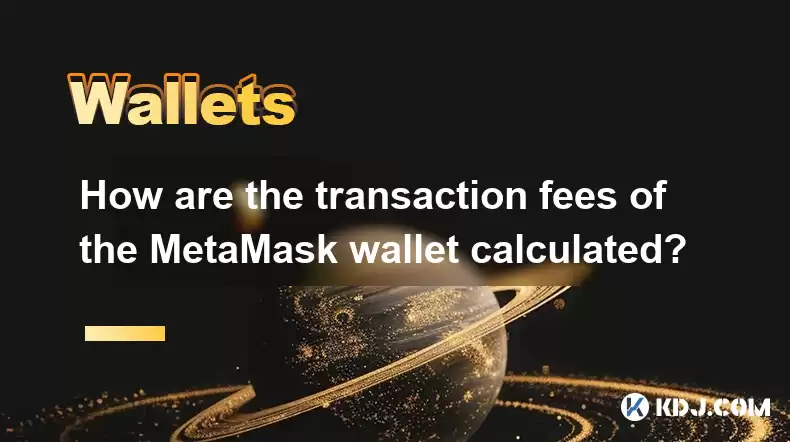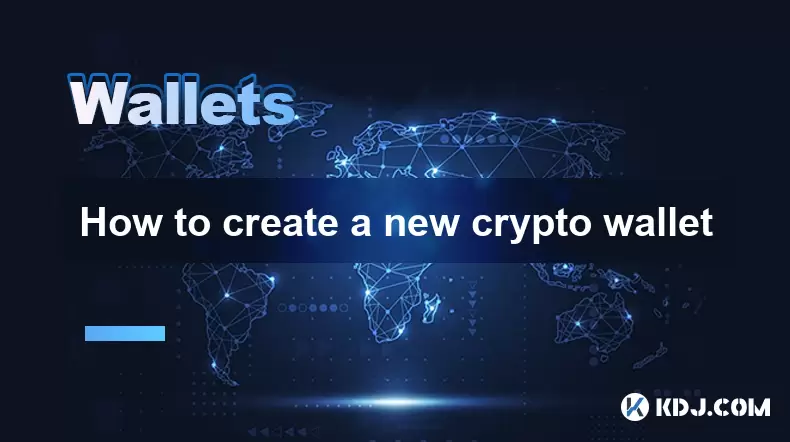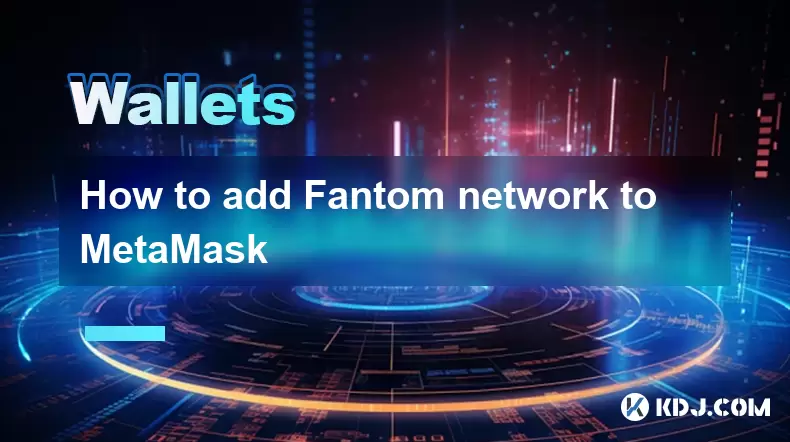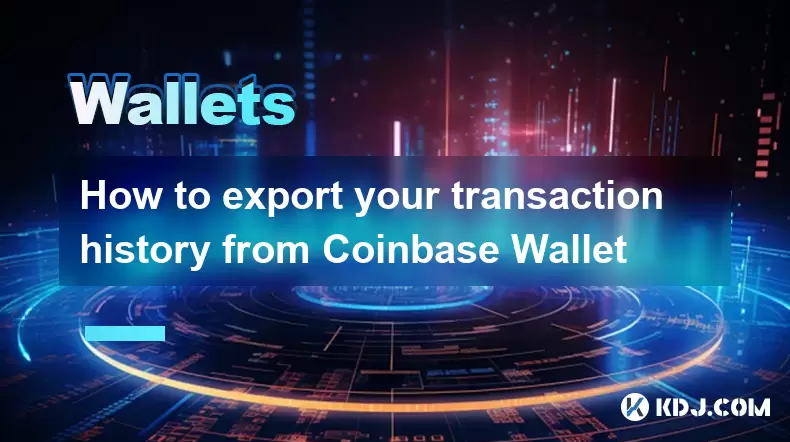-
 Bitcoin
Bitcoin $117500
2.15% -
 Ethereum
Ethereum $3911
6.19% -
 XRP
XRP $3.316
10.79% -
 Tether USDt
Tether USDt $1.000
0.01% -
 BNB
BNB $787.2
2.24% -
 Solana
Solana $175.2
4.15% -
 USDC
USDC $0.9999
0.00% -
 Dogecoin
Dogecoin $0.2225
8.40% -
 TRON
TRON $0.3383
0.28% -
 Cardano
Cardano $0.7868
6.02% -
 Stellar
Stellar $0.4382
9.34% -
 Hyperliquid
Hyperliquid $40.92
7.56% -
 Sui
Sui $3.764
7.63% -
 Chainlink
Chainlink $18.48
10.66% -
 Bitcoin Cash
Bitcoin Cash $582.1
1.88% -
 Hedera
Hedera $0.2601
6.30% -
 Avalanche
Avalanche $23.33
4.94% -
 Ethena USDe
Ethena USDe $1.001
0.02% -
 Litecoin
Litecoin $122.3
2.04% -
 UNUS SED LEO
UNUS SED LEO $8.969
-0.27% -
 Toncoin
Toncoin $3.339
0.86% -
 Shiba Inu
Shiba Inu $0.00001287
4.30% -
 Uniswap
Uniswap $10.43
7.38% -
 Polkadot
Polkadot $3.861
5.08% -
 Dai
Dai $1.000
0.02% -
 Bitget Token
Bitget Token $4.513
3.41% -
 Monero
Monero $267.7
-6.18% -
 Cronos
Cronos $0.1499
4.14% -
 Pepe
Pepe $0.00001110
5.15% -
 Aave
Aave $284.9
8.28%
How are the transaction fees of the MetaMask wallet calculated?
Gas fees in MetaMask are determined by gas price (in Gwei) and gas limit; users can adjust these to balance transaction speed and cost based on network conditions.
Apr 05, 2025 at 01:08 am

When using the MetaMask wallet to conduct transactions on the Ethereum blockchain, understanding how transaction fees are calculated is crucial for users. These fees, known as gas fees, are determined by two primary components: gas price and gas limit. The gas price is the amount of Ether (ETH) you're willing to pay per unit of gas, while the gas limit is the maximum amount of gas you're willing to use for the transaction. Together, these elements dictate the total cost of your transaction.
MetaMask automatically suggests a gas price based on current network conditions. However, users have the flexibility to adjust this price. If you set a higher gas price, your transaction is likely to be processed faster, as miners prioritize transactions with higher fees. Conversely, setting a lower gas price might result in longer wait times but can save you money. The gas limit, on the other hand, is set based on the complexity of the transaction. Simple transfers might require less gas, while more complex operations like smart contract interactions might need more.
Understanding Gas Price in MetaMask
The gas price in MetaMask is measured in Gwei, which is a smaller unit of ETH. One Gwei equals 0.000000001 ETH. When you initiate a transaction, MetaMask displays the current suggested gas price, which it calculates based on recent transaction data and network congestion. This suggested price aims to balance speed and cost effectively. Users can choose to accept this suggestion or manually adjust it.
If you decide to adjust the gas price, consider the trade-offs. A higher gas price can expedite your transaction but at a higher cost. For instance, if the suggested gas price is 20 Gwei and you set it to 50 Gwei, you're essentially paying more to have your transaction prioritized. On the other hand, setting it lower than the suggested price might lead to delays, as miners might not find it profitable to process your transaction quickly.
Setting the Gas Limit in MetaMask
The gas limit in MetaMask is set to ensure that your transaction has enough gas to be processed. If the gas limit is too low, the transaction might fail, and you could lose the gas used up to that point. MetaMask sets a default gas limit based on the type of transaction you're making. For simple ETH transfers, the default might be around 21,000 gas units. For more complex transactions, such as interacting with a smart contract, the gas limit might be higher.
You can adjust the gas limit in MetaMask, but it's important to understand the implications. Setting it too high might result in overpaying for gas that you don't use, while setting it too low could lead to transaction failure. MetaMask provides an estimate of the gas limit needed, but you can override this if you have a specific reason to do so. Always ensure that the gas limit you set is sufficient for the transaction to complete successfully.
Factors Influencing Transaction Fees
Several factors influence the transaction fees in MetaMask. The primary factor is the current demand on the Ethereum network. During periods of high network congestion, gas prices tend to rise as users compete to have their transactions processed quickly. Conversely, during times of low demand, gas prices can be significantly lower.
Another factor is the complexity of the transaction. Simple transfers of ETH typically require less gas than more complex operations like interacting with decentralized applications (dApps) or executing smart contracts. The more complex the transaction, the higher the gas limit and potentially the total fee.
The choice of network can also affect fees. While MetaMask primarily interacts with the Ethereum mainnet, it also supports other networks like Polygon, which can have different fee structures. Understanding the fee dynamics of different networks can help you optimize your transaction costs.
How to Optimize Transaction Fees in MetaMask
Optimizing transaction fees in MetaMask involves a balance between speed and cost. Here are some strategies to help you manage your fees effectively:
Monitor Network Conditions: Use tools like Etherscan or EthGasStation to check current gas prices and network congestion. Timing your transactions during periods of lower demand can help you save on fees.
Adjust Gas Price: If you're not in a hurry, consider setting a lower gas price than the suggested amount. This can reduce your costs but may result in longer wait times.
Use Gas Limit Wisely: Ensure the gas limit is set appropriately for your transaction. For simple transfers, the default setting is usually sufficient. For more complex transactions, you might need to increase the limit, but be cautious not to set it too high.
Consider Layer 2 Solutions: Networks like Polygon or Optimism can offer lower transaction fees compared to the Ethereum mainnet. If your transaction doesn't need to be on the mainnet, using a Layer 2 solution can be cost-effective.
Batch Transactions: If you need to perform multiple transactions, consider batching them into a single transaction where possible. This can reduce the overall gas costs.
Common Issues and Solutions with Transaction Fees
Users often encounter issues with transaction fees in MetaMask, such as unexpectedly high fees or transactions that fail due to insufficient gas. Here are some common problems and their solutions:
High Fees: If you're facing high fees, consider waiting for a period of lower network congestion or using a Layer 2 solution. Adjusting the gas price lower can also help, but be prepared for potential delays.
Transaction Failures: If a transaction fails due to an insufficient gas limit, you'll need to resubmit the transaction with a higher gas limit. Always ensure the gas limit is adequate for the transaction type.
Stuck Transactions: If your transaction is stuck due to a low gas price, you can attempt to speed it up by increasing the gas price through MetaMask's "Speed Up" feature. Alternatively, you can cancel the transaction and resubmit it with a higher gas price.
Gas Estimation Errors: Sometimes, MetaMask might provide an inaccurate gas estimate. If this happens, you can manually adjust the gas limit based on your understanding of the transaction complexity.
Frequently Asked Questions
Q: What is gas in the context of Ethereum transactions?
A: Gas is a unit of measure for the computational effort required to perform operations on the Ethereum network. It's used to calculate the transaction fee, which is the product of the gas price and the gas used.
Q: How does MetaMask calculate the suggested gas price?
A: MetaMask calculates the suggested gas price based on recent transaction data and current network congestion. It aims to provide a balance between speed and cost.
Q: Can I set my own gas price and limit in MetaMask?
A: Yes, MetaMask allows users to manually adjust both the gas price and the gas limit. This gives you control over the speed and cost of your transactions.
Q: What happens if I set the gas limit too low?
A: If the gas limit is set too low, your transaction might fail, and you could lose the gas used up to that point. It's important to set the gas limit high enough to cover the transaction's needs.
Q: How can I reduce transaction fees on MetaMask?
A: To reduce transaction fees, you can monitor network conditions, adjust the gas price lower, use the appropriate gas limit, consider Layer 2 solutions, and batch transactions when possible.
Disclaimer:info@kdj.com
The information provided is not trading advice. kdj.com does not assume any responsibility for any investments made based on the information provided in this article. Cryptocurrencies are highly volatile and it is highly recommended that you invest with caution after thorough research!
If you believe that the content used on this website infringes your copyright, please contact us immediately (info@kdj.com) and we will delete it promptly.
- Bitcoin, Meme ICOs, and FOMO: Catching the Next Crypto Wave
- 2025-08-08 18:30:34
- OM, Investment, and Growth: Decoding the Latest Trends in Digital Assets
- 2025-08-08 18:30:34
- SNEK, Cardano, and the Contributor's Conundrum: A Meme Coin's Fight for Recognition
- 2025-08-08 16:30:12
- Toshi Crypto's Wild Ride: Rally, Demand Slump, and What's Next
- 2025-08-08 16:30:12
- Ethereum, Staking Yields, and DeFi Exposure: A New Era for Investors?
- 2025-08-08 15:10:12
- Unilabs Pumps MIA, Binance Coin Bouncing Back, and Ethereum's Bearish Blues
- 2025-08-08 15:10:12
Related knowledge

How to reset your MetaMask password
Aug 08,2025 at 01:28pm
Understanding the MetaMask Password Reset ProcessMany users confuse the MetaMask password with the seed phrase or private key, but they serve differen...

How to buy Dogecoin on MetaMask
Aug 08,2025 at 03:42am
Understanding Dogecoin and MetaMask CompatibilityDogecoin (DOGE) is a popular meme-based cryptocurrency that operates on its own blockchain, originall...

How to create a new crypto wallet
Aug 07,2025 at 09:22pm
Understanding the Basics of a Cryptocurrency WalletA cryptocurrency wallet is a digital tool that allows users to store, send, and receive digital ass...

How to add Fantom network to MetaMask
Aug 07,2025 at 08:21am
Understanding the Fantom Network and MetaMask IntegrationThe Fantom network is a high-performance, scalable, and secure blockchain platform designed f...

How to update the firmware on your Trezor wallet
Aug 07,2025 at 05:00pm
Understanding the Role of Staking in Cryptocurrency EcosystemsStaking has become a fundamental component of many blockchain networks that operate unde...

How to export your transaction history from Coinbase Wallet
Aug 07,2025 at 06:50am
Understanding Coinbase Wallet and Transaction HistoryCoinbase Wallet is a self-custodial cryptocurrency wallet that allows users to store, manage, and...

How to reset your MetaMask password
Aug 08,2025 at 01:28pm
Understanding the MetaMask Password Reset ProcessMany users confuse the MetaMask password with the seed phrase or private key, but they serve differen...

How to buy Dogecoin on MetaMask
Aug 08,2025 at 03:42am
Understanding Dogecoin and MetaMask CompatibilityDogecoin (DOGE) is a popular meme-based cryptocurrency that operates on its own blockchain, originall...

How to create a new crypto wallet
Aug 07,2025 at 09:22pm
Understanding the Basics of a Cryptocurrency WalletA cryptocurrency wallet is a digital tool that allows users to store, send, and receive digital ass...

How to add Fantom network to MetaMask
Aug 07,2025 at 08:21am
Understanding the Fantom Network and MetaMask IntegrationThe Fantom network is a high-performance, scalable, and secure blockchain platform designed f...

How to update the firmware on your Trezor wallet
Aug 07,2025 at 05:00pm
Understanding the Role of Staking in Cryptocurrency EcosystemsStaking has become a fundamental component of many blockchain networks that operate unde...

How to export your transaction history from Coinbase Wallet
Aug 07,2025 at 06:50am
Understanding Coinbase Wallet and Transaction HistoryCoinbase Wallet is a self-custodial cryptocurrency wallet that allows users to store, manage, and...
See all articles

























































































